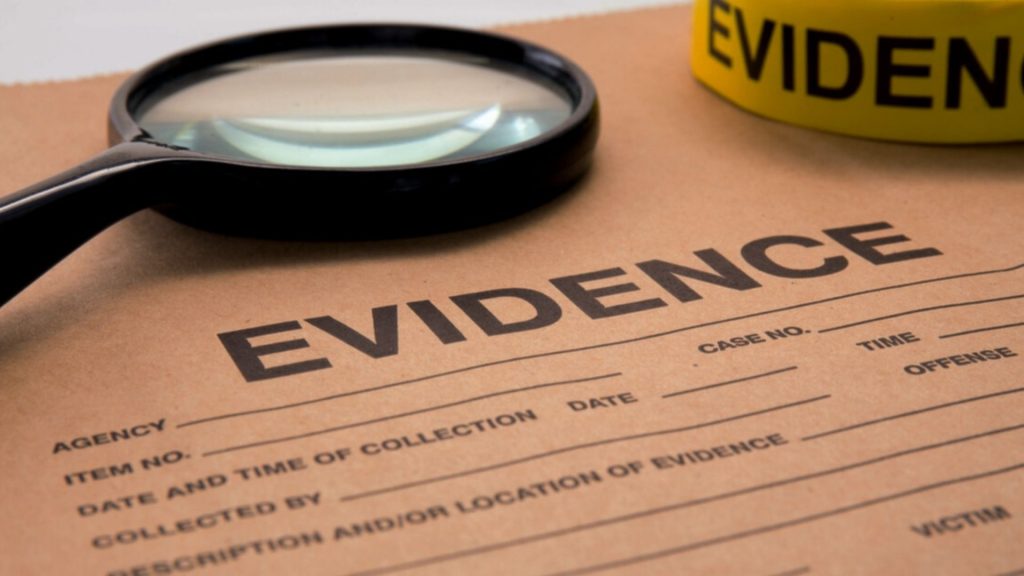Internal and external evidence. The evidence for a proposition is what backs up that proposition. It is commonly interpreted as proof that the supported proposition is correct. The role of evidence and how it is conceived varies by field. Evidence is anything you see, experience, read, or hear that leads you to believe something is true or has actually occurred.
Internal And External Evidence
A distinction between internal and external evidence is illustrated in linguistics, and two instances where the distinction arises are identified: in the division of labor between linguistics and other fields, and in the choice between alternative descriptions. The assumptions that would bias generative linguists away from and toward external evidence are investigated. Examples from phonological and syntactic analyses are contrasted, and hypotheses are advanced as to why evidence should be used differently in phonology and syntax. The need for credible assumptions linking linguistics to other fields tempers a prescription favoring external evidence.
Internal Evidence
Internal evidence refers to the data that is systematically collected directly from the witnesses. This data may include subjective observations and objective performance data compiled with time. Expertise is required to determine what information is the most essential to track. Having internal evidence unique to the investigation increases the chances of finding targeted external evidence that will assist in making a decision.
External Evidence
External evidence refers to evidence from a scientific study, particularly the results, data, statistical analysis, and investigation conclusions. This evidence helps in deciding whether an approach might be effective at implementing change in the investigation.
These are some things to consider when organizing and completing the search for external evidence, including how the search for external evidence should be planned, what type of external evidence is needed to answer questions, where the search for external evidence should be conducted, and what should be done if no external evidence is found.
Evidence Gathering
Evidence gathering entails gathering all potentially relevant evidence, such as that found in computer or network logs, defaced websites, social media sites, or forensically from a computer hard drive. The process of attempting to derive meaningful behavior characteristics from found evidence is known as behavior analysis.
In countries where the rule of law is strong, it is critical that the investigating agency gather enough legally admissible evidence to persuade the judge or jury that the suspect is guilty. Police departments are frequently reasonably certain that a specific individual is responsible for a crime but may be unable to prove guilt through legally admissible evidence. The police use a variety of powers and procedures to obtain the necessary evidence. Because those powers and procedures, if misused, would allow the police to infringe on the suspect’s constitutionally protected freedoms, they are usually subject to close scrutiny by legislation or the courts.
Final Thoughts
In many cases involving fraud, the defense will closely examine how the evidence was gathered and how disclosure was handled throughout the investigation. The investigator must have a thorough understanding of both the legislation and the procedure for gathering evidence discovered during an investigation. As a result, it is critical that they adhere to the proper procedures for gathering, storing, and disclosing information. Gathering relevant evidence is the easy part; ensuring that it stands up to the defense’s scrutiny is the true challenge.





